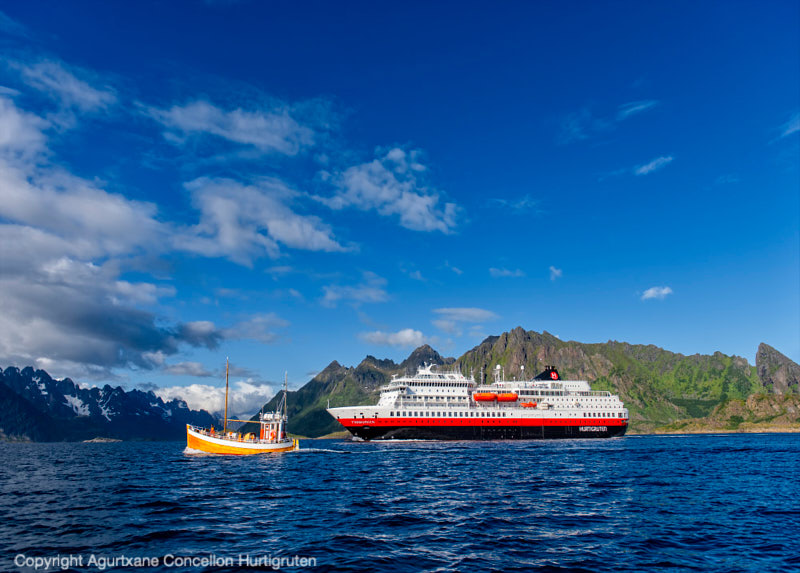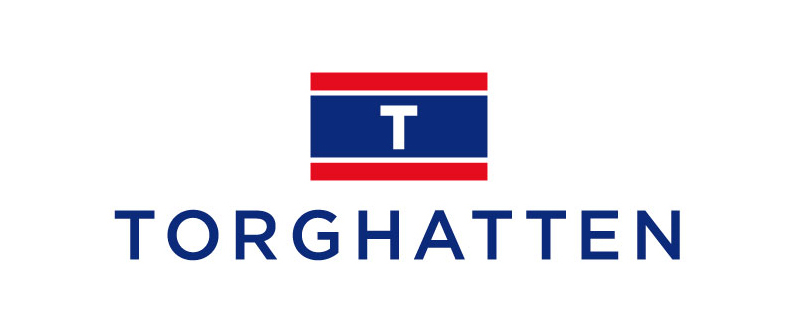Havila Kystruten has decided only to allow motor vehicles that use fossil fuel. This means electric, hybrid and hydrogen cars cannot be transported on board the hybrid vessels.
This is the first European (semi) ferry company to implement this restriction (in a country with plenty of electric vehicles). [press release in Norwegian]
The 12-day Norwegian Coastal Route is divided between Hurtigruten (8 ships) and Havila (2 ships with 2 more under construction).
This route is both a cruise route (people staying onboard for several days or for the whole Bergen-Kirkeness-Bergen voyage) and a public transportation route.
Havila has also decided that boarding and disembarking of private vehicles will only be carried out in Bergen and Kirkenes, except for service vehicles for personnel who do necessary work on board the company’s ships, and emergency vehicles. This also assumes that these are pure fossil cars.
It is not a requirement in the agreement with the Ministry of Transport that ships on the coastal route must transport private cars.
The decision to ban non-fossil-fuel cars is based upon the risk assessment produced by Norwegian consultant firm Proactima.








